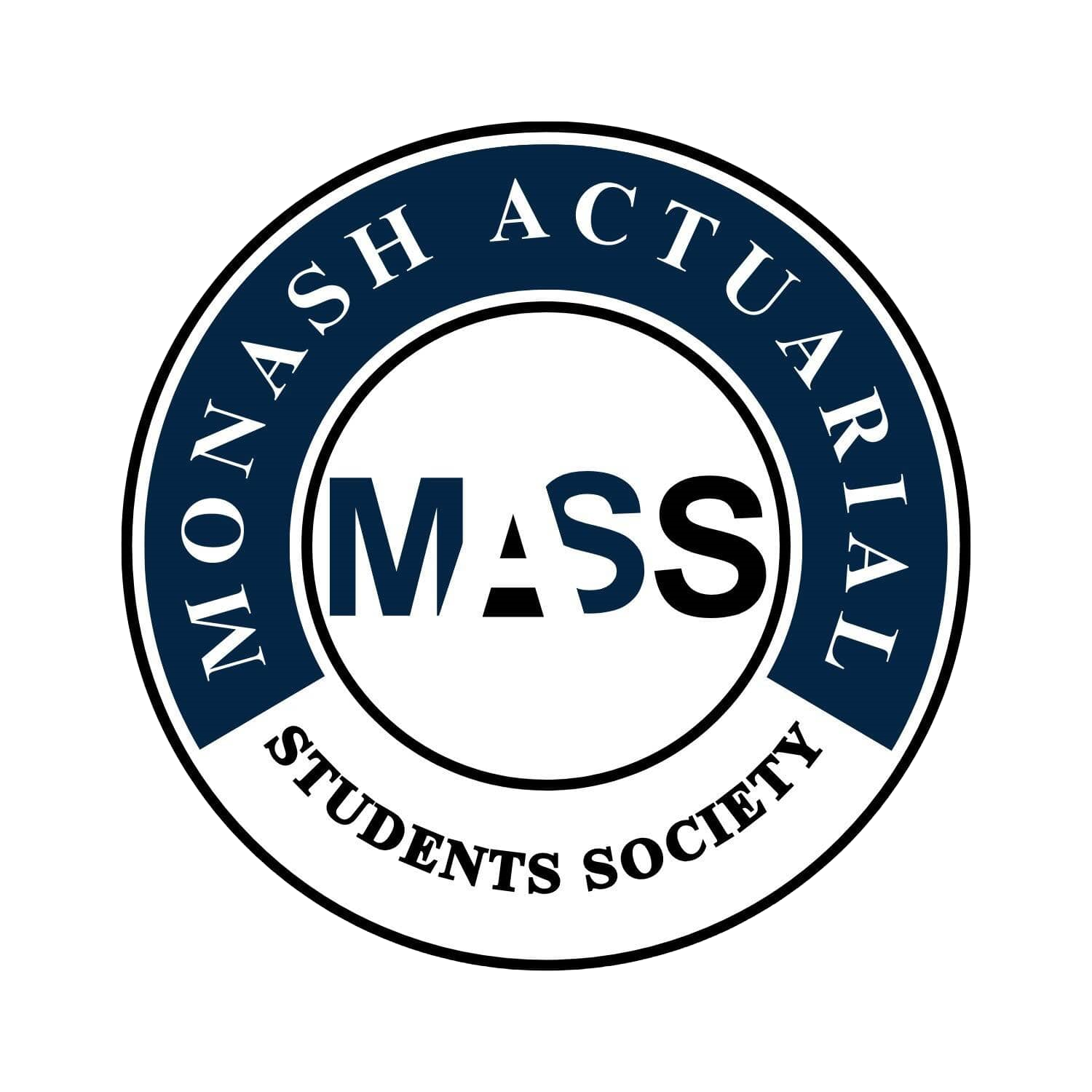ETC3430 / ETC5343 Financial Mathematics Under Uncertainty
Difficulty:
Year Completed: Semester 1, 2022
Prerequisite: ETC2430
Exemption:
CS2 Risk Modelling and Survival Analysis
ETC2420 (10%), ETC3420 (20%), ETC3430 (50%), ETC3550 (20%)
Weighted average of 70% required. Minimum of 60% required for each unit.
Mean Setu Score: 43.5%
Clarity of Learning Outcomes: 48.6%
Clarity of Assessments: 31.4%
Feedback: 34.3%
Resources: 40%
Engagement: 71.4%
Satisfaction: 35.3%
Subject Content:
Lecture(s) and Tutorial(s):
Lecture Recording:
Textbook(s):
Assessments:
This unit covered Stochastic Process, Markov Chains, Markov
Jump process, Holding times of Markov Processes, Survival
Models, MLE, Mortality Projection (Lee-Carter Model & Cairns-
Blake-Dowd Model), Lifetime Distribution Functions, Exposure to
Risk, Mortality Graduation and Censoring.
1 x 2 hour lecture
1 x 1.5 hour tutorial
Full lecture recording was available from each week’s content.
There were also recordings of the tutorials made available at the
end of each week.
N/A
2 x Individual Assignments 10% each
1 x Class Test 20%
Final Exam 60%
Comments
The unit was quite challenging as it starts off very theoretical and
conceptual - this makes it difficult to see how the rest of the unit
progresses. This can sometimes lead to confusion as the first half
of the unit builds upon the first four weeks and becomes more
challenging as the unit progresses. Due to the heavy emphasis on
the theoretical work at the start of the unit, it can be difficult to
see how it is relevant, however, the second half the unit shows
how the content is applied and shows more real world application.
Therefore, the second half of the semester was relatively more
straightforward than the first half. The Survival Models that were
then touched on in the last few weeks were able to build on some
of the more theoretical concepts that were covered earlier and as
such were easier to understand.
Overall, the lectures were taught well despite the challenging
nature of the content in the first half. Expectations were made
clear that proofs were not required and instead a focus on
mathematical intuition were required. This allowed for the clear
emphasis that the teaching staff wanted students to gain an
intuitive understanding of the content, without the pressure of
understanding the fundamental maths. Lectures could be fully
utilised through active participation from the audience.
Formal tutorials started in week two, but the tutorials in week one
were useful in providing revision for some of the more difficult
maths required to understand the content. The week one tutorial
also provided assistance for students who have never used R
before. Overall, the tutorials were helpful as the tutors would
provide worked solutions to all (time permitting) questions for
that week. Often, tutors also provided their own slides for
students to look at for additional explanation of the content and
questions. Tutorials were a good opportunity to clarify with the
tutor why each step was done and to get an understanding of the
mechanics of each question. In saying this, there was an option to
view a recorded tutorial, which meant that skipping a tutorial was
not that big of a deal, however, if there was not a recorded
alternative, tutorials were extremely helpful.
Both assignments required extensive use of R-coding, but the first
assignment was primarily centred around Markov Chains and
Markov Jump Processes. A fair amount of code was provided to
you in the lecture slides but often required additional time spent
by the student to understand how the code worked and what it
did. Tutorials were also a great place to ask questions about how
the code worked. The second assignment was a report that
compared how the Lee-Carter and Cairns-Blake-Dowd Model
worked. Students were required to run mortality simulations of
these models on a particular data set and type up their findings in
a report. This assignment provided students with an opportunity
to delve deeper into understanding these models, and marking
was generous to those who understood the complexity and
intricacies of the model.
There is a lot of content in this unit and it requires an ongoing
effort and a large effort come exam time. Despite being difficult,
with enough effort the exam is quite achievable and high marks
can be attained. The exam covered all topics of the unit equally,
with an emphasis on the last two weeks of content. Past exams
were not provided, as tutorial questions reflect most accurately
the level of difficulty that can be expected on the exam. The exam
was quite time pressured so it is important to move quickly
through the questions and not to dwell on a single question.
Overall, the unit requires a lot of work early on and leading up the
exam. The complex nature of the first half requires significant
effort to ensure one understands the concepts in depth enough to
apply it to the more real world content in the second half of the
semester. The assignments were tricky and difficult to
understand, and as such, generally those students who started
the assignments earlier performed better.
General Overview:
Lectures:
Tutorials:
Assessments/Other Assessments
Exams
Concluding Remarks

